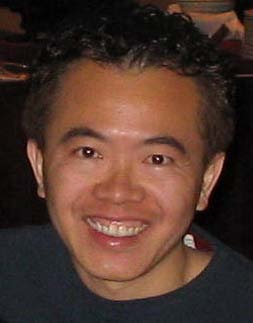Cited By
View all- Dhara GKumar R(2024)A novel multiscale cGAN approach for enhanced salient object detection in single haze imagesJournal on Image and Video Processing10.1186/s13640-024-00648-x2024:1Online publication date: 15-Sep-2024
- Zhang HXiao LCao XForoosh H(2024)Multiple Adverse Weather Conditions Adaptation for Object Detection via Causal InterventionIEEE Transactions on Pattern Analysis and Machine Intelligence10.1109/TPAMI.2022.316676546:3(1742-1756)Online publication date: 1-Mar-2024
- Bernabel SAgaian S(2024)NDELS: A Novel Approach for Nighttime Dehazing, Low-Light Enhancement, and Light SuppressionIEEE Transactions on Multimedia10.1109/TMM.2024.338842026(9292-9303)Online publication date: 15-Apr-2024
- Show More Cited By


